 Less than a year ago, on June 18, 2012, Microsoft announced their series of tablets known as Microsoft Surface. Microsoft declared Surface to be: “A feat of engineering and a work of art… With casing made from ultra-light and highly durable magnesium, Surface will change the way you work and play. Run Office apps, watch movies in dazzling HD, catch up with friends and family. Do it all on one beautifully and thoughtfully designed device.”
Less than a year ago, on June 18, 2012, Microsoft announced their series of tablets known as Microsoft Surface. Microsoft declared Surface to be: “A feat of engineering and a work of art… With casing made from ultra-light and highly durable magnesium, Surface will change the way you work and play. Run Office apps, watch movies in dazzling HD, catch up with friends and family. Do it all on one beautifully and thoughtfully designed device.”
The “tablet” is built with an integrated kick stand designed to prop up the device at an angle similar to open laptops, making viewing movies, listening to music, and the overall use of the device more preferable. Microsoft also offers a “touch cover,” (very similar to the iPad Smart Case) which clicks into the base of the tablet, doubling as a protective case and a touch sensitive keyboard. With the use of both the built-in kick stand, and the “touch cover,” Microsoft Surface looks more like a small laptop than a tablet, resulting in Microsoft describing the device as “a laptop in tablet form.” But ultimately, the real measure of success is the answer to this question: How does this laptop-tablet compare to the leader in the tablet industry: the iPad?
Let’s look at the user experience tech issues first. Microsoft’s Surface is longer and narrower in comparison to the iPad, however it is much thicker. 4.1mm thicker in fact, and it is 254 grams heavier than the iPad. In addition to Surface’s beefier external design, it falls short in comparison to iPad’s useable storage. Its battery life is also less than half of the iPad. The Surface retail price is around $500 and the Pro version is $900+/-, while the iPad ranges from $330 to $930 (the price increases with storage capacity and the usage of cellular data). However Microsoft’s Surface separates itself from the iPad in raw processing power, having the same Intel Core i5 processor found in Apple’s MacBook Air, which brings us back to the notion that the Surface represents the union of laptop and tablet.
Comparing Microsoft’s Surface series to either the Apple’s iPad or its laptops is simply unfair, as the Surface fits neither mold. But what Microsoft has indeed done is create a new piece of hardware, with a noticeable niche in the laptop-tablet hybrid field; one that may alter both industries in the near future.
It is these types of revolutionary inventions that foster competition and discourage stagnation. Just as blackberry and the iPhone competed for the smartphone heavyweight battle, resulting in ever expanding advancements, this new tiniest laptop (yet bulky tablet), may lead to unimaginable advancements in the new industry it has created.
We will need to watch closely to see if Microsoft’s “tablets” will challenge Apple in areas far beyond those of tablet sales.
Until next time,
Kelli Richards, CEO of the All Access Group, LLC



